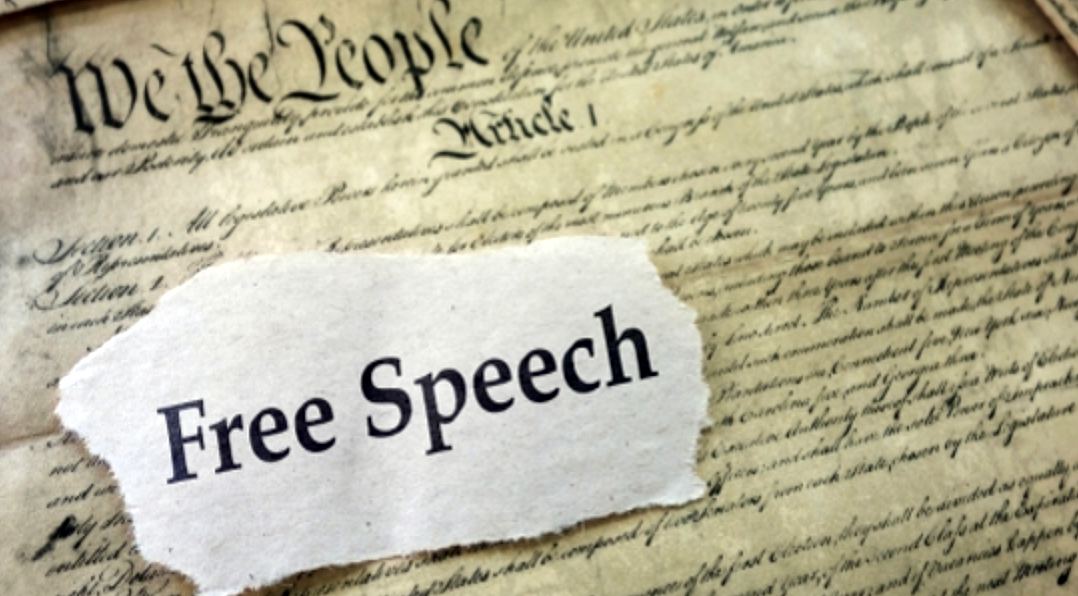Kerby Anderson
According to an increasing number of politicians, the First Amendment doesn’t protect misinformation. Ironically, most of what many of them are saying is misinformation.
Former Senator John Kerry told the audience at the World Economic Forum that the First Amendment is a roadblock to progress because it allows people to spread misinformation. He lamented that “Our First Amendment stands as a major block to the ability to be able to hammer it out of existence.”
Minnesota Governor Tim Walz has criticized social media sites because they “act as a megaphone for misinformation.” And two years ago, he proclaimed, “There’s no guarantee to free speech on misinformation.”
But let’s focus on his more recent statement in the debate he had with Senator J.D. Vance, who challenged him on his prior statement that the First Amendment does not cover misinformation. His response was the classic: “You can’t yell fire in a crowded theater. That’s the test. That’s the Supreme Court test.”
It is not. The quote comes from Justice Oliver Wendell Holmes. In a 1919 case of Schenck v. United States, he argued, “The most stringent protection of free speech would not protect a man in falsely shouting fire in a theatre and causing panic.” In the context, it had nothing to do with the case involving two members of the Socialist Party of America.
It is not law and is not the Supreme Court test. In fact, it comes from one of the darkest chapters of U.S. history when the government passed the Espionage Act of 1917 and the Sedition Act of 1918.
I believe the cure for bad speech is more speech. The cure for misinformation is not censorship but making more accurate information available. 
 Listen Online
Listen Online Watch Online
Watch Online Find a Station in Your Area
Find a Station in Your Area










 Listen Now
Listen Now Watch Online
Watch Online
